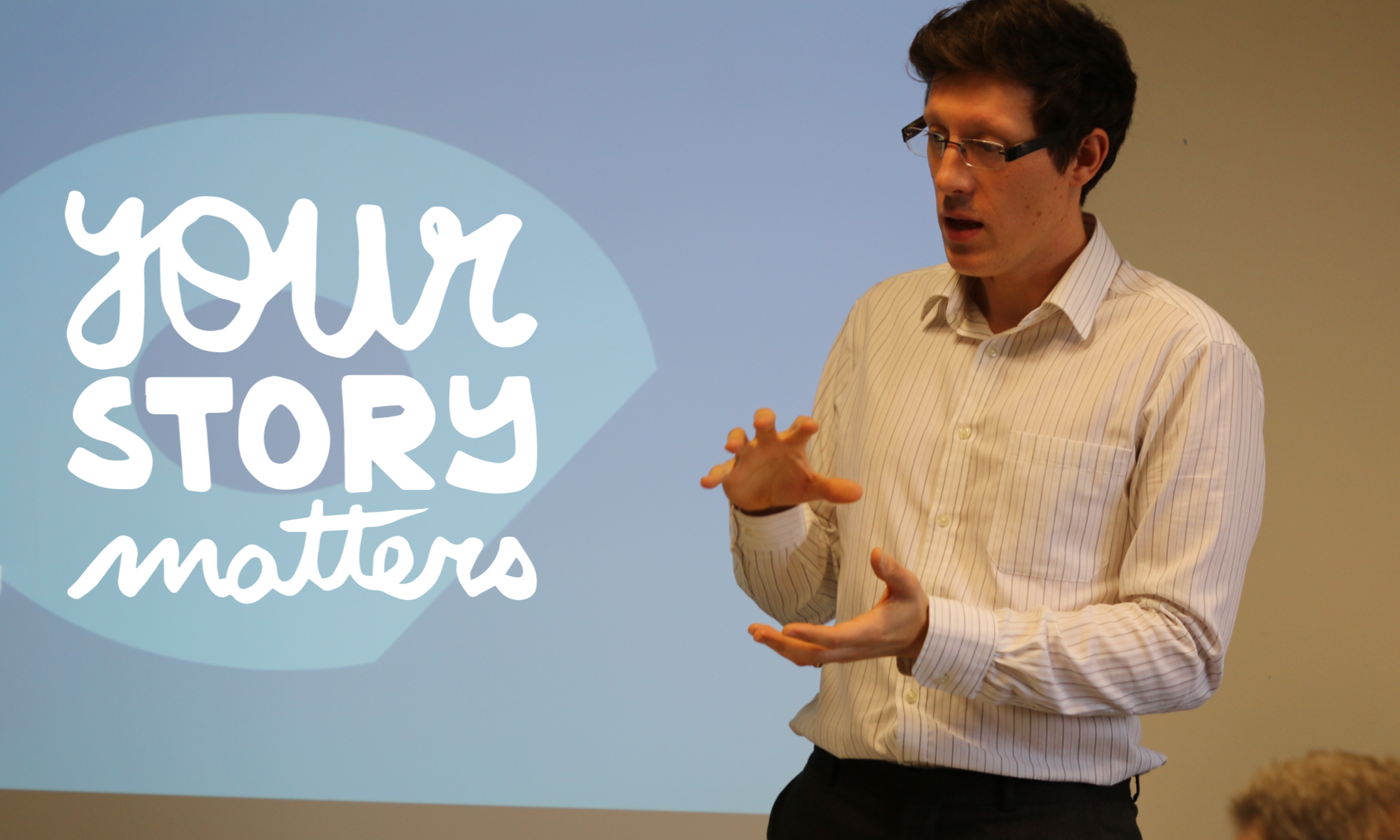Once upon a time…
…there was the joy of celebration – mingled with the dread of expectation.
Your brother shares the great news that he’s getting married. And even better; would like you to be his best man. What an honour.
Then it hits you: you’ll need to give a speech.
You don’t *do* public speaking. You immediately start to tighten up; cold sweat on your forehead and the palms of your hands. In your mind, you can already see it going horribly wrong.
And that’s not all. You love your brother and want to do a great job. And you don’t want to let him – or the rest of your family – down.
TheFear takes hold.
You are not alone
Let me introduce you to Alan Campbell. Alan was in exactly the position I’ve just described. Two months later, Alan gave the speech of his life at his brother’s wedding – and the family and friends gathered for the occasion loved it.

Here’s how Alan did it:
Starting your speech
We’d exchanged emails over a few days and after an initial chat over the phone, arranged to have a first session. There we spoke about his brother and future sister-in-law. We talked about the kind of speech he wanted to give – and why. And we looked at ways to structure it while considering some ideas for how to make it a speech that would be memorable for the right reasons.
The ebb and flow of the middle
Alan then started thinking about what he wanted to say, and how he might say it. He wrote a first draft, which we tweaked a few times over email until Alan was happy with the content, the humour and the length.
We then started to think about how it would be delivered. We had another session focussed on delivery, giving practical ways that Alan could use to be confident on the day, and make the most of the words and ideas he’d had and we’d developed together.
There was some moments of uncertainty in there, as well as making sure the speech would be Alan’s and not him pretending to be someone else. That striving for authenticity was not difficult – just important to do as we kept a clear focus on the outcomes Alan wanted to achieve.
Finish well
Then it was over to Alan to rehearse. And rehearse. And rehearse. We kept in touch over this time, until it was finally to deliver the speech.
And he smashed it.
Family feedback was great, Alan was both delighted and relieved that it went as much to plan as it could. And crucially, he did his brother and now-sister-in-law proud.
Your turn next?
It was a real privilege to work with Alan and help him overcome his fears with simple, practical tools and a well-worked speech.
I’d be delighted to help you prepare for an important event – or build your skills for communication at work or with potential clients.
Get in touch and let me know how I can help.


